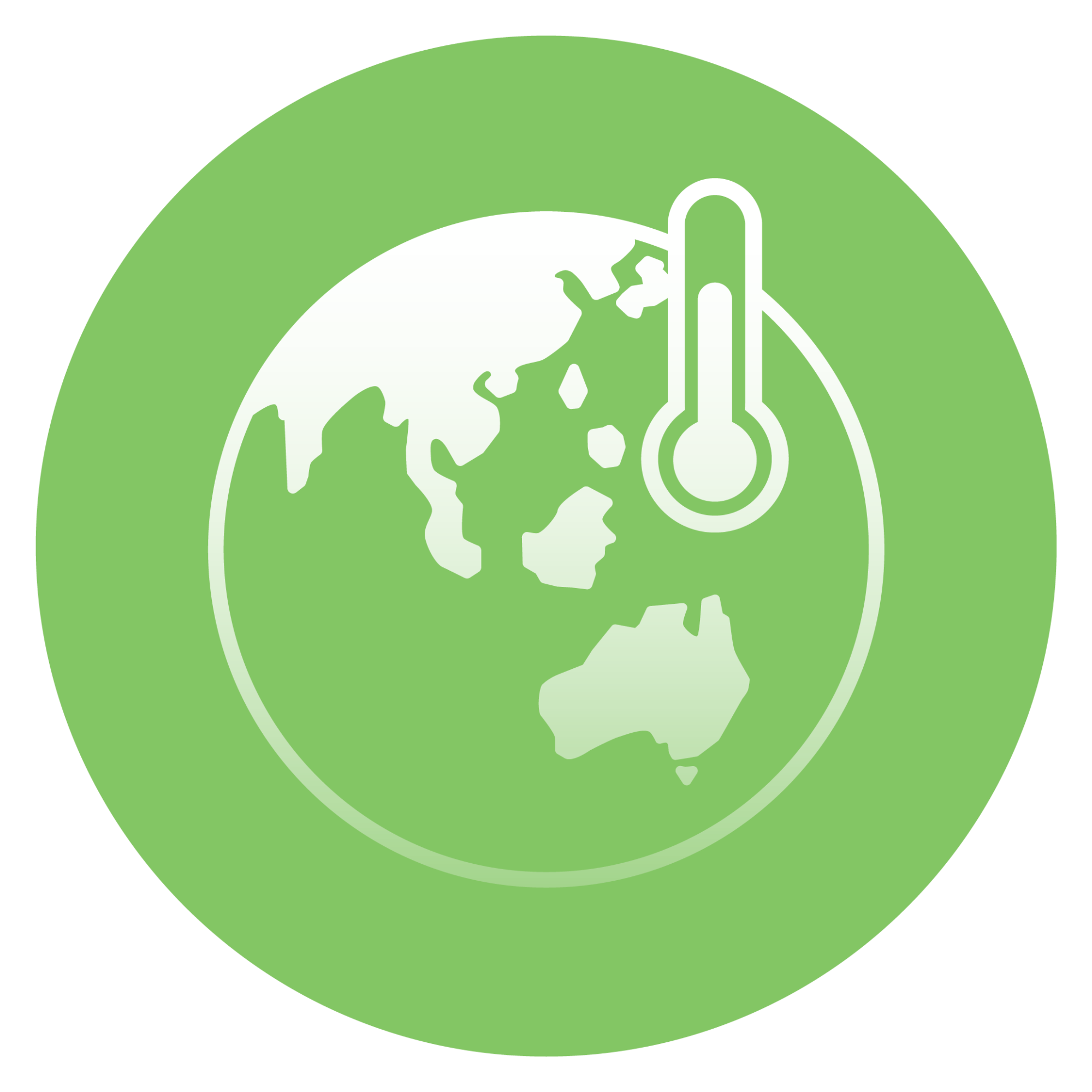A changing regulatory landscape in Australia
Australia saw a significant shift in retail electricity regulation in 2019. The Default Market Offer (DMO) and the Victorian Default Offer (VDO) were both introduced on 1 July 2019, effectively capping retail electricity prices at lower levels.
To comply, EnergyAustralia transferred approximately 173,000 customers – around 10% of its electricity retail customer base – to the new tariffs.
The Company approached the change as an opportunity to enhance its competitive standing by launching a new suite of products comprising simple, lower-cost services for existing and new customers.
In November 2019, Victoria’s independent regulator responsible for reviewing electricity supply costs announced an increase to the VDO for households and businesses of an average 7.8% in 2020. After reviewing the decision, EnergyAustralia increased tariffs for most customers in the state by a similar amount from 27 January 2020.
Also in November 2019, the Australian Energy Regulator (AER) began proceedings against EnergyAustralia for alleged non-compliance with hardship disconnection rules in relation to eight customers. These proceedings were ongoing at the time this report went to print.
The AER also issued four infringement notices to EnergyAustralia for alleged breaches of the requirements to obtain explicit informed consent in relation to four customers, resulting in penalties totalling A$80,000. Another four infringement notices were issued for failures to promptly appoint a metering coordinator in response to metering installation malfunctions, leading to penalties totalling A$80,000.
EnergyAustralia meanwhile reported a number of incidents to the AER regarding registering life support needs for some of its customers.
The company remains focused on improving its compliance across each of these areas and is fully co-operating with the regulators.



 Responding to climate change
Responding to climate change Harnessing the power of technology
Harnessing the power of technology Reinforcing cyber resilience and data protection
Reinforcing cyber resilience and data protection Building an agile, inclusive and sustainable workforce
Building an agile, inclusive and sustainable workforce